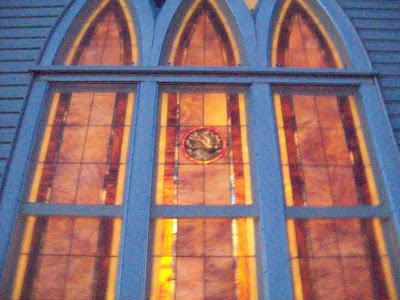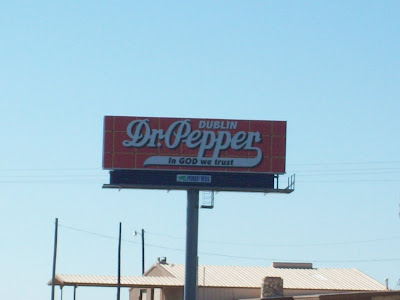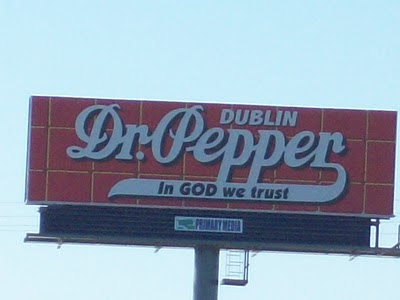The Kings Cake celebrates the arrival of the Three Wise Men who brought gifts to baby Jesus. A tiny doll, or a coin or almond, is hidden in each cake and the person who gets that piece is king for the day, and believed to have luck all year. One piece of the kings cake is set aside, the "piece for the Virgin" to be given to the first needy person who comes to the door. That part of the tradition reminds us to be good neighbors - and that need may be right on our doorstep.
The Kings Cake isn't a tradition in our family, and that's unfortunate. It is for my grandson, because his stepdad Francis is from Louisiana, and he buys a King Cake every year. In the South - and especially in Louisiana - the King Cake tradition is an important part of the Mardi Gras season up until Lent.
When I found this simple recipe for one using canned cinnamon rolls, I decided to try it for our Christmas breakfast this year and it was a big hit. Traditionally, you'd have this cake on January 6th, Epiphany, which is "twelfth night" or "the twelfth day of Christmas". Click
here to see the
original recipe at www.holidays.net 
It is very easy to make your own colored sugar using food coloring, 3 separate little bowls (custard cups work great). I use toothpicks to stir with so I can just throw them away. Just stir one drop of color into a couple of teaspoons of regular granulated sugar until it's mixed in and the sugar is the color you want. Maybe two drops, but you don't need much. Red and blue mixed together (2 drops red, one blue) make purple.
Shape the canned cinnamon rolls into an oval ring, and hide a miniature baby doll in the dough. Bake as directed on the package, and use the icing that comes with it. After icing it, sprinkle with the 3 colors of sugar you made up, and serve immediately! Use 2 or more cans to serve more people. I used one of my tiny antique bisque dolls for this (an unpainted bisque one for safety since these are antique). Do be careful to warn everyone if you are using a bisque doll, so they won't break a tooth by biting it! Plastic would be better but I didn't have a plastic one.
You could also use a dried bean, a whole almond or a coin - that would be quite traditional and just as much fun. In fact, it is most likely that a coin or a bean probably were in use for centuries before the little "king babies" began to be used instead. These miniature dolls were called "pudding dolls" in England (because they were put into the Christmas pudding), and "feves" in France (Feve is french for Fava Bean, which originally represented the baby in French "Galettes des Rois" or "Couronne"). They might also be referred to as "santons", "Epiphany dolls" or "frozen charlottes" (although frozen charlottes are not always pudding dolls).

I'm no expert but the tradition of using a little doll probably started in the Victorian age. This is when the Industrial Revolution made mass production possible. Before the Industrial Revolution, most goods were handmade, and made locally. Only the wealthy could afford imported products made elsewhere that weren't necessary to life. But when machines began to be invented, the creation of factory jobs and markets meant ordinary people had money to spend on something other than necessities. Trinkets and toys were suddenly inexpensive to make and the availability of money generated more commerce - locally as well as between regions and nations.

In France, the tradition of the baby in the cake really took off, and whole sets of little people in different costumes, called "feves" were made and used in the cakes. The various costumes represented each of the people in the village, who also would have visited the baby Jesus during the Nativity. Bakeries encouraged sales by putting a different figure in each cake. I always wondered why the popularity of those little sets. Now we know what their original purpose was!
Most of my little porcelain and bisque figures were made in Germany or Japan in the 1920s through the 1950s. I wonder how many of them were originally used in Kings Cakes, here in the USA?











